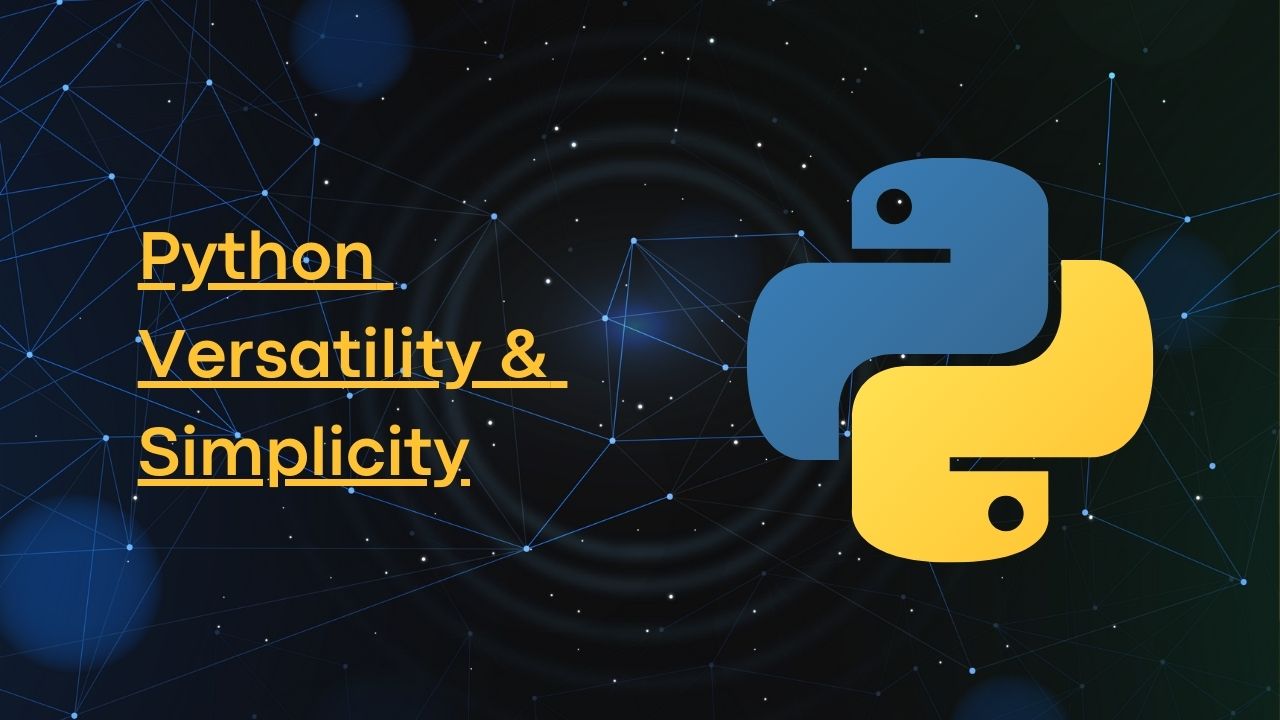
Python Versatility and Simplicity
Python has become one of the most popular programming languages in the world, and for good reason. Whether you’re a seasoned developer, a data scientist, or someone just dipping their toes into the world of coding, Python has something to offer. Its versatility, simplicity, and robust ecosystem make it a go-to choice for a wide range of applications. But what exactly makes Python so special? Let’s dive in and explore why Python has earned its reputation as the language of versatility and simplicity.
Why Python? The Big Picture
Python was created by Guido van Rossum in the late 1980s, with a philosophy centered on readability and simplicity. The language’s design emphasizes code readability, making it easier for developers to express concepts in fewer lines of code compared to other languages like Java or C++. This readability isn’t just a nicety—it’s a game-changer for collaboration, maintenance, and onboarding new team members.
But Python isn’t just about being easy to read. It’s also incredibly versatile. From web development to data analysis, machine learning, automation, and even game development, Python’s applications are virtually limitless. This versatility has made it a favorite among professionals across industries.
The Simplicity of Python: Why It Feels Like a Breath of Fresh Air
Readable and Intuitive Syntax
Python’s syntax is designed to be intuitive and human-friendly. Unlike languages that rely heavily on symbols and complex syntax, Python uses English-like keywords and whitespace indentation to structure code. For example, here’s how you print “Hello, World!” in Python:
print("Hello, World!")
Compare that to Java:
public class Main {
public static void main(String[] args) {
System.out.println("Hello, World!");
}
}
Python’s approach is clean and straightforward, which reduces the cognitive load on developers. This simplicity allows you to focus on solving problems rather than wrestling with syntax.
Batteries Included
Python comes with a rich standard library that provides modules and functions for almost any task you can think of—whether it’s working with files, handling HTTP requests, or performing complex mathematical operations. This “batteries included” philosophy means you don’t have to reinvent the wheel. Need to parse JSON? There’s a module for that. Want to create a web server? Python’s got you covered.
For example, the json module makes it easy to work with JSON data:
import json
data = '{"name": "John", "age": 30}'
parsed_data = json.loads(data)
print(parsed_data['name']) # Output: John
You can explore Python’s standard library here.
The Versatility of Python: One Language, Endless Possibilities
Python’s versatility is one of its strongest selling points. Let’s take a closer look at some of the areas where Python shines.
1. Web Development
Frameworks like Django and Flask have made Python a powerhouse in web development. Django, for instance, is a high-level framework that encourages rapid development and clean, pragmatic design. It’s used by companies like Instagram and Pinterest to handle massive amounts of traffic and data.
Flask, on the other hand, is a lightweight framework that gives developers more flexibility and control. Whether you’re building a simple blog or a complex web application, Python has the tools to get the job done.
- Django: Official Website
- Flask: Official Website
2. Data Science and Machine Learning
Python is the undisputed king of data science and machine learning. Libraries like NumPy, pandas, and Matplotlib make data manipulation and visualization a breeze. For machine learning, frameworks like TensorFlow, PyTorch, and scikit-learn provide powerful tools for building and training models.
What’s more, Python’s simplicity allows data scientists to focus on the data and algorithms rather than getting bogged down by the intricacies of the language. This has made Python the language of choice for AI and machine learning research.
- NumPy: Official Website
- pandas: Official Website
- Matplotlib: Official Website
- TensorFlow: Official Website
- PyTorch: Official Website
- scikit-learn: Official Website
3. Automation and Scripting
Python’s ease of use makes it perfect for automation and scripting. Whether you’re automating repetitive tasks, scraping data from websites, or managing system operations, Python can save you time and effort. Libraries like os, shutil, and requests make it easy to interact with the operating system and the web.
For example, the requests library simplifies making HTTP requests:
import requests
response = requests.get('https://api.github.com')
print(response.status_code) # Output: 200
- Requests: Official Website
4. Game Development
While Python might not be the first language that comes to mind for game development, it’s a great choice for prototyping and building simple games. Libraries like Pygame provide the tools needed to create 2D games, and Python’s simplicity makes it an excellent choice for beginners.
- Pygame: Official Website
5. Scientific Computing
Python is widely used in scientific computing and research. Libraries like SciPy and SymPy provide tools for scientific and mathematical computations, while Jupyter Notebooks offer an interactive environment for data exploration and visualization.
- SciPy: Official Website
- SymPy: Official Website
- Jupyter Notebooks: Official Website
The Python Ecosystem: A Treasure Trove of Tools
One of Python’s greatest strengths is its ecosystem. The Python Package Index (PyPI) hosts over 400,000 packages, making it one of the largest repositories of software libraries in the world. Whether you’re looking for a library to handle natural language processing (NLP) or a tool for working with geospatial data, chances are someone has already built it.
Here are a few standout libraries that showcase Python’s versatility:
- NumPy: For numerical computing.
- pandas: For data manipulation and analysis.
- Matplotlib and Seaborn: For data visualization.
- Requests: For making HTTP requests.
- Beautiful Soup: For web scraping.
- Django and Flask: For web development.
- TensorFlow and PyTorch: For machine learning.
You can explore the Python Package Index (PyPI) here.
Python’s Community: A Global Network of Support
Python’s popularity has fostered a vibrant and supportive community. From online forums like Stack Overflow to local meetups and global conferences like PyCon, Python developers are always willing to help each other out. This sense of community is one of the reasons Python continues to evolve and thrive.
The community also plays a key role in Python’s development. The language is open-source, meaning anyone can contribute to its growth. This collaborative approach ensures that Python remains relevant and up-to-date with the latest trends and technologies.
- Stack Overflow: Python Questions
- PyCon: Official Website
Python’s Future: What Lies Ahead?
Python’s future looks bright. With the rise of AI, machine learning, and data science, Python’s relevance is only set to grow. The language continues to evolve, with regular updates introducing new features and improvements. Python 3.11, for example, brought significant performance enhancements, making Python faster than ever.
Moreover, Python’s simplicity and versatility make it an excellent choice for emerging fields like quantum computing, blockchain, and the Internet of Things (IoT). As technology continues to advance, Python is well-positioned to remain a key player in the programming world.
Python Comes to Android: Expanding Its Reach
In exciting news, Python is now making its way to Android devices, further expanding its reach and versatility. This development opens up new possibilities for developers and enthusiasts who want to run Python scripts or even develop applications directly on their Android devices. Whether you’re a student, a hobbyist, or a professional, having Python on your Android device means you can code on the go, experiment with new ideas, and stay productive no matter where you are.
To learn more about how Python is coming to Android and what it means for the future of mobile development, check out this insightful article: Python Comes to Android.
Conclusion: Why Python Deserves a Spot in Your Toolkit
Python’s combination of simplicity, versatility, and a robust ecosystem makes it a standout choice for developers of all skill levels. Whether you’re building a web application, analyzing data, or automating tasks, Python provides the tools and support you need to succeed.
So, if you haven’t already, now’s the time to give Python a try. Dive into its rich ecosystem, explore its vast array of libraries, and join its thriving community. You’ll quickly see why Python is more than just a programming language—it’s a gateway to endless possibilities.
What’s your favorite thing about Python? Let us know in the comments below! And if you’re new to Python, what are you most excited to build? Happy coding! 🐍
Additional Resources
- Python Official Documentation: https://docs.python.org/3/
- Real Python Tutorials: https://realpython.com/
- Automate the Boring Stuff with Python: https://automatetheboringstuff.com/
- Python for Everybody (Coursera): https://www.coursera.org/specializations/python
- Python Comes to Android: https://deltabytes.netlify.app/python-comes-to-android/
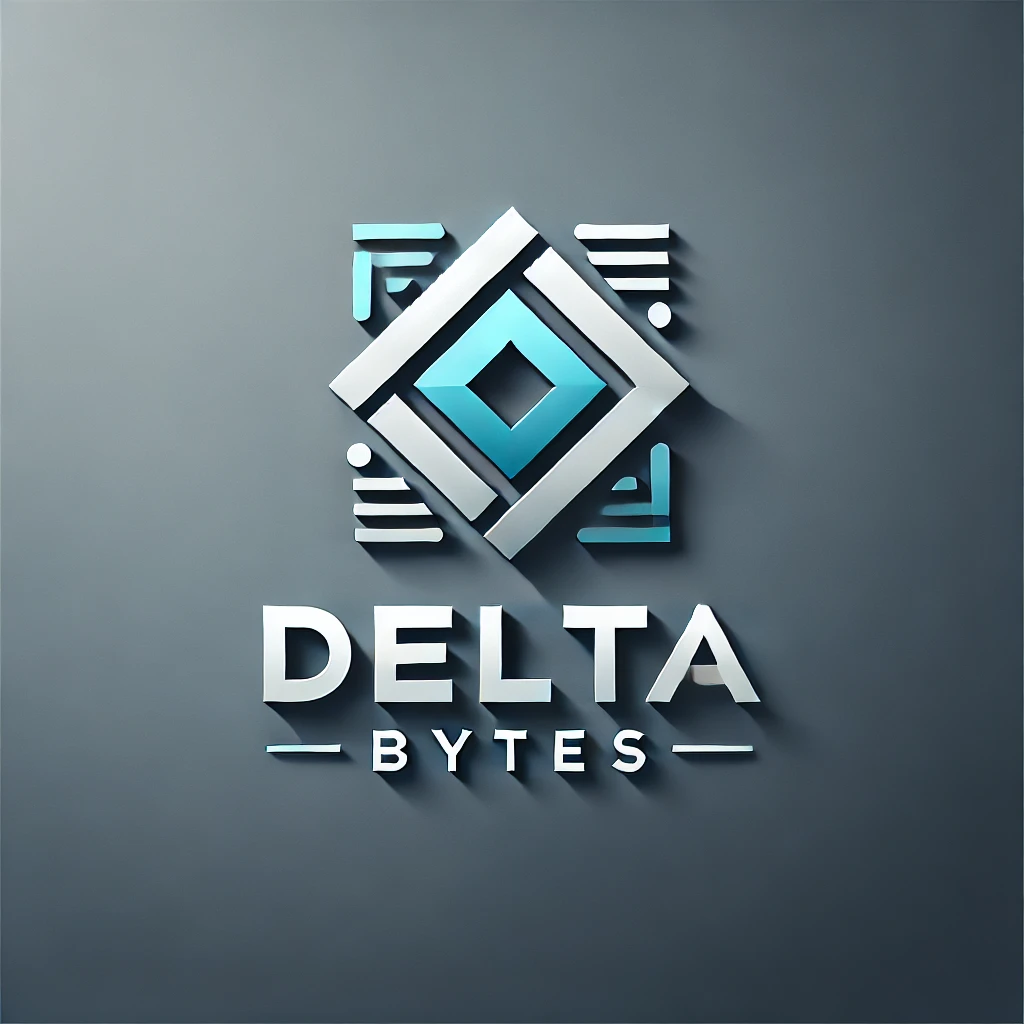


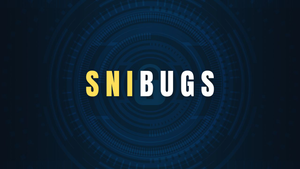



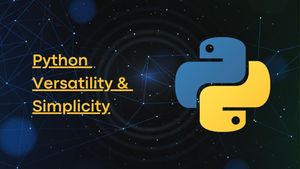


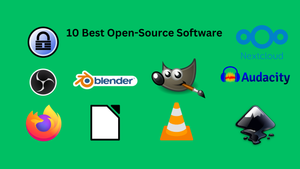

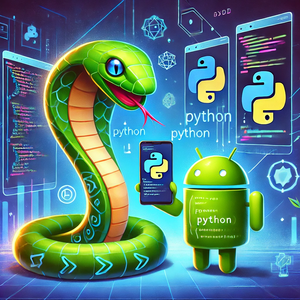
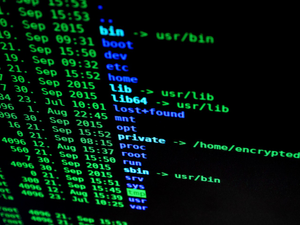
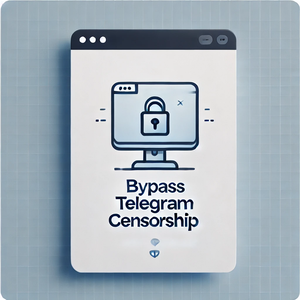
Comments